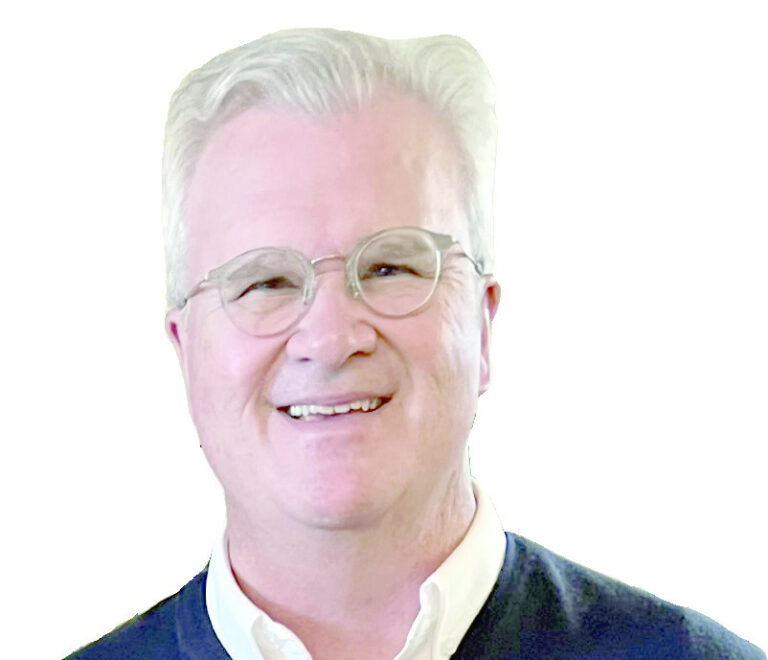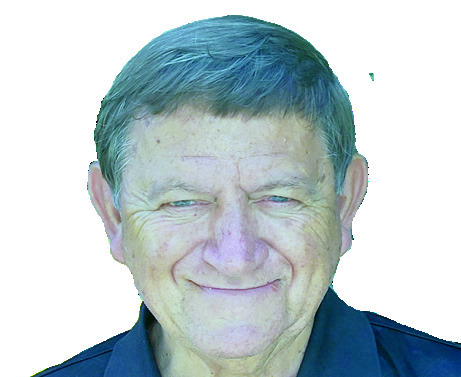Kyle Troutman: Keep a hard hat handy
Everywhere you turn in Barry County, ground is moving. Just last week, the Barry County Commission led a groundbreaking for the new jail and health department, a result of years of work and attempts at remedying the ongoing safety issues at the current jail.
On the east end of town, the Cassville school district is preparing for a massive project, a performing arts center that will eventually connect to the west wing of the high school.

Toward Roaring River State Park, there are a few notable changes. Zone 4 Mini Golf is nearing construction completion for a March 1 opening, and just across the road, Harvick Farms has revitalized the greenhouse setup that was vacant for about the last 4-5 years.
Even closer to the park, Roaring River Resort has a new building ready to go, built where the Sportsman’s Corner previously stood by Tim’s Fly Shop.
Projects are not limited to the Cassville area either. In Wheaton, work looks to be on the latter half for the tornado safe room at the school district, and as I drove through Exeter the other day, land was being cleared on the west end of town for what looks like new construction.
Work is taking place below ground just as much as above. The city of Cassville will soon begin its wastewater project, which has been years in the making.
I know I’m leaving some things out (just remembered there’s a new automotive shop on County Farm Road by Highway 37), but it’s clear there is more coming in south Barry County.
When you start talking costs for all these projects, the amounts of money can make anyone’s head spin. The jail and health department are a combined $22 million, the performing arts center is budgeted at about $10 million, Wheaton’s tornado shelter is about $3 million, and the city of Cassville’s sewer and water projects were approved in a $10 million bond issue back in 2017.
Excluding the private business’ construction costs, just those projects total $45 million flowing through the county this year and next.
Having so many new projects occurring simultaneously is undoubtedly exciting, but those looking to start new construction may want to pump the brakes for a period.
Many of these projects were in the planning stages well before 2020 and the COVID-19 pandemic. Some have suffered from supply chain issues slowing progress, plus the probability that construction costs are going nowhere but up.
According to the U.S. Census Bureau, construction costs increased 17.5 percent from 2020 to 2021, the largest spike from year to year since 1970. Costs in 2021 were also 23 percent higher than in 2019.
The increase results from a combination of economic factors, some man-made and some not. For one, production is down due to labor shortages, which has also primarily caused the supply chain effect.
The price of lumber alone jumped 85 percent over three months after tariffs on Canadian lumber were increased, and wildfires lessened production.
As prices on materials have increased, demand for new construction has, as well. The most significant factor in that increase is the amount of federal dollars stimulus dollars. Entities receiving American Rescue Plan Act funds have been encouraged to use them for one-time purchases, like buildings and equipment, versus things requiring long-term commitment, like hiring more employees.
There is also a time limit on the use of these funds, and at the pace even local government can move at times, many are pitching projects right on deadline.
It’s a demand-driven market, and if you’re in the building business, there’s no shortage of opportunity.
These costs have already halted some locals from making moves with their businesses. I talked to one business owner a couple of months ago who wanted to build a second shop on his property, doubling his size.
While the land has been cleared and the long-term outcome would still be positive, he is electing to wait and see how construction and materials costs change in the next few years, and who could blame him.
What goes up will ultimately come down — and I don’t mean like the old flea market at Main and 76.
With such high demand based on deadlines driving up prices now, once many federally funded projects are finished, the prevailing logic is that a fall in demand could balance the market again.
Overall, it’s positive for the area to take advantage of some opportunities. The $5 million health department would not be on the table without ARPA funds.
Yet, those without access to said funding would do well to wait. Whatever the project, I hope individuals and entities are monitoring the market to get the best bang for their buck.
Kyle Troutman has served as the editor of the Cassville Democrat since 2014. In 2017, he was named William E. James/Missouri Outstanding Young Journalist for daily newspapers, and in 2022, he won a Golden Dozen Award from ISWINE. He may be reached at 417-847-2610 or ktroutman@cassville-democrat.com.




